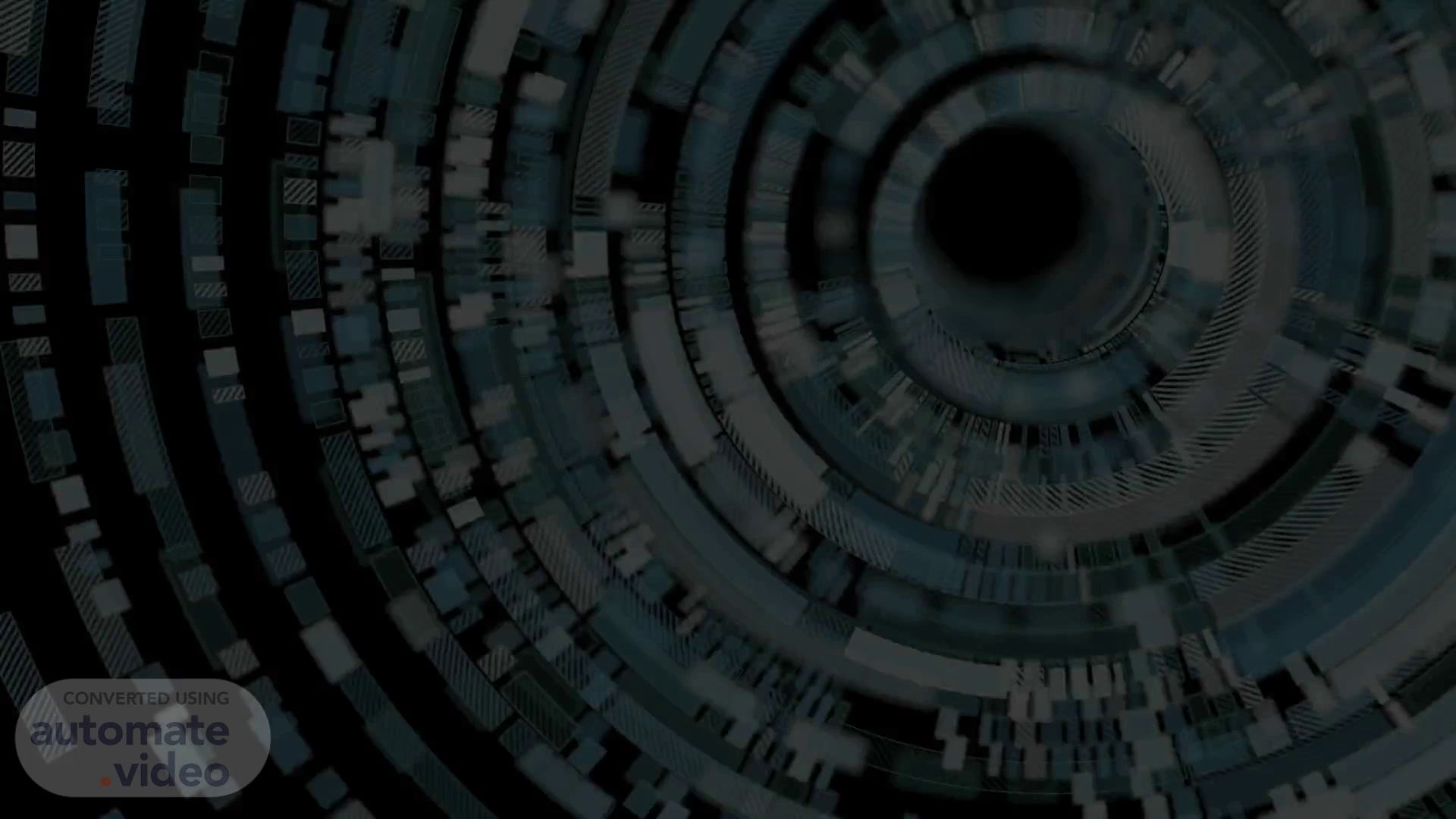
Introduction to Distributed Systems
Scene 1 (0s)
[Audio] Distributed systems are a powerful method of computing, allowing us to make use of all our computing power. By utilizing distributed systems, we can break up tasks between computers more effectively and optimize data storage and access for faster processing. This makes them an advantageous tool for any organization, helping us to make the most of our available resources. Thus, let's take a closer look at how distributed systems work..
Scene 2 (30s)
[Audio] Distributed systems have become a key component of modern technology. By working cooperatively, multiple computers are able to perform tasks that would be much more difficult for a single computer to handle. In distributed systems, computers collaborate to divide work, share data, distribute processing power, and transmit information. This means that each individual computer can work more rapidly and efficiently, and together they can achieve far greater goals than any one computer could do alone. Let us further explore this incredible system..
Scene 3 (1m 6s)
[Audio] Exploring distributed systems, multiple computers join forces to complete tasks faster and more accurately than a single computer can. In this system, computers communicate over long distances, sharing resources and exchanging information so they can solve problems together. This is the core of distributed computing, a powerful tool that can modernize how data is managed and how complex tasks are processed. Examples of distributed computing include data processing and simulations - and I'll explain the importance of this approach in the digital world..
Scene 4 (1m 43s)
[Audio] Distributed systems is a collection of computers linked together to better manage tasks and improve data storage and access. By decreasing the burden on individual machines and providing uninterrupted data access, distributed systems can speed up processing, and make data storage more efficient. As such, distributed systems are an invaluable tool in managing and processing data..
Scene 5 (2m 8s)
[Audio] Distributed systems have a wide range of practical applications, particularly when exhibited in Massively Multiplayer Online Games, or MMOGs. These games allow thousands of players from all around the world to connect to a central server that distributes data and processes actions in real-time, creating a dynamic and cohesive experience. The grand scale of MMOGs demonstrate the power of distributed systems and it is worth delving into further to explore its capabilities..
Scene 6 (2m 38s)
[Audio] When it comes to distributed systems, scalability and load balancing are two of the challenges that must be addressed to ensure efficient functioning. To guarantee uninterrupted service, fault tolerance and reliability mechanisms are put in place. Innovative solutions have made distributed systems even more effective..
Scene 7 (2m 59s)
[Audio] Distributed systems enable computers to collaborate to efficiently divide tasks among them. A Distributed Database Management System (DDBMS) stores data on multiple machines, applying replication and consistency techniques to guarantee data integrity and accessibility. Furthermore, it uses distributed query processing for maximizing data retrieval efficiency for a more robust and potent data storage system. This facilitates us to meet the necessities of distributed computing..
Scene 8 (3m 32s)
[Audio] Distributed Systems is an exciting area of technology that allows computers to collaborate together to quickly divide tasks and maximize data storage and access. This does not only help speed up data processing, but also encourages out-of-the-box solutions through shared tasks. We have seen practical uses of distributed systems, like large-scale online games and remarkable achievements by tackling issues with resourcefulness. Distributed Database Management Systems make sure that all computers involved in the task are working in unison, creating a new realm of opportunities in the tech industry. Join me in exploring the world of Distributed Systems..
Scene 9 (4m 15s)
[Audio] Distributed Systems is an intriguing area of computer science that views computing resources not as single machines but as a single, integrated network. It makes use of networked gadgets to divide and hand out operations for faster processing and optimize data storage and access. This is a remarkably effective way to handle huge collections of data and computationally-demanding tasks. Appreciate you investing the effort and time to study this significant concept..